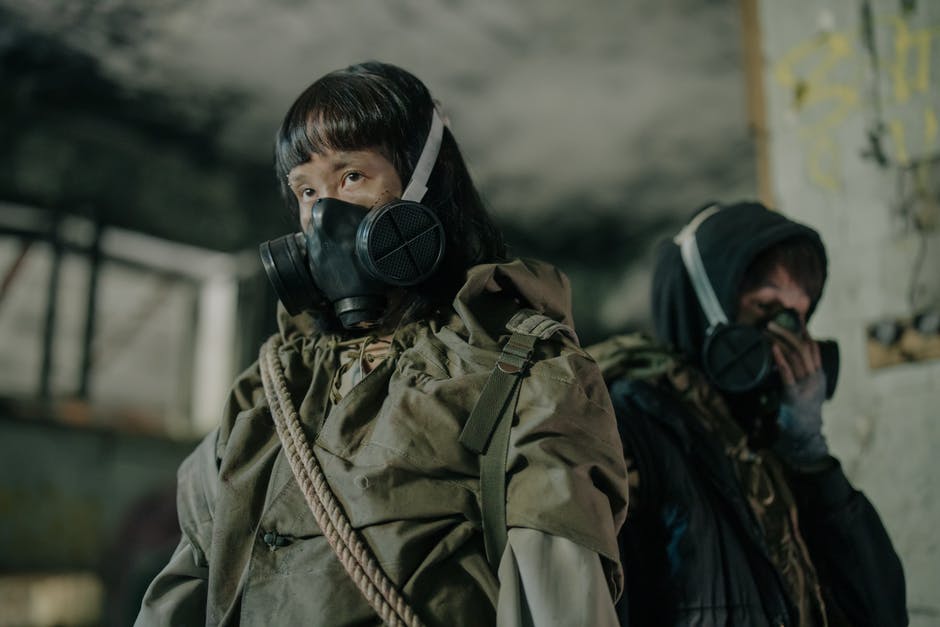Breathing hazards safety Professionals need to be cautious on
A safety professional often encounters various hazards on a daily basis. While hazards are often part of safety works, it is very important that professionals place caution to ensure their own safety. It’s not just dust in your hair or mud on your boots that you have to worry about. You also need to protect your lungs, heart, etc, and how can you protect yourself against them? This article will discuss hazards of safety. Professionals need to play caution on
1. High and long-term smoke
While brief smoke can be seen as something a person can deal with, heavy and long-term smoke is not something any safety personnel should have to deal with or stay with, it is something every safety person will need to do something with. Smoke can introduce carbon monoxide and other hazardous gases into the local atmosphere. All these are very dangerous when consumed for a long period of time, or when it fills the air with heavy proportion.
2. Fumes
While smoke is a common hazard everyone is aware of, and, of, and, of course, it has a dangerous impact on our safety. People often do not place much importance on fumes, welding fumes, fumes from chemicals, and reactions. They reactions. They should be highly avoided. Exposure to these fumes can cause irritation, nausea, and dizziness. Long-term exposure can cause a variety of cancers, as well as damage to the kidneys and nervous system.

3. Repairable Silica
Whether it comes from fine sand or drilled concrete, silica dust — as known as respirable silica — presents an extreme breathing hazard. The safety professional who works on construction sites is are often the one who faces this type of safety hazard. Long-term exposure can cause a condition known as silicosis, in which the silica particles lodge in the lungs and make it more difficult to breathe.
4. Volatile organic compounds
Many of the materials we use today — from cleaning compounds to adhesives — all emit volatile organic compounds. These are primarily a concern for indoor air quality, but exposure to concentrated chemicals can be dangerous even outdoors or in well-ventilated areas. Avoid products that have a high concentration of these chemicals. If neither is an option, wearing respiratory protection rated for these materials is going to be essential.
5. Lead dust and wastes
Lead was often used in paint to make it more durable and accelerate drying, while other substances which come with buying a chemical that is mainly lead product are often the cause of this hazard. Moreover, additional precautions are necessitate the time because often, professionals do not take all these hazards seriously because they are assumed as part of their daily duties. Hazards as mentioned above should be taken into consideration for the good health of every safe person on duty.




